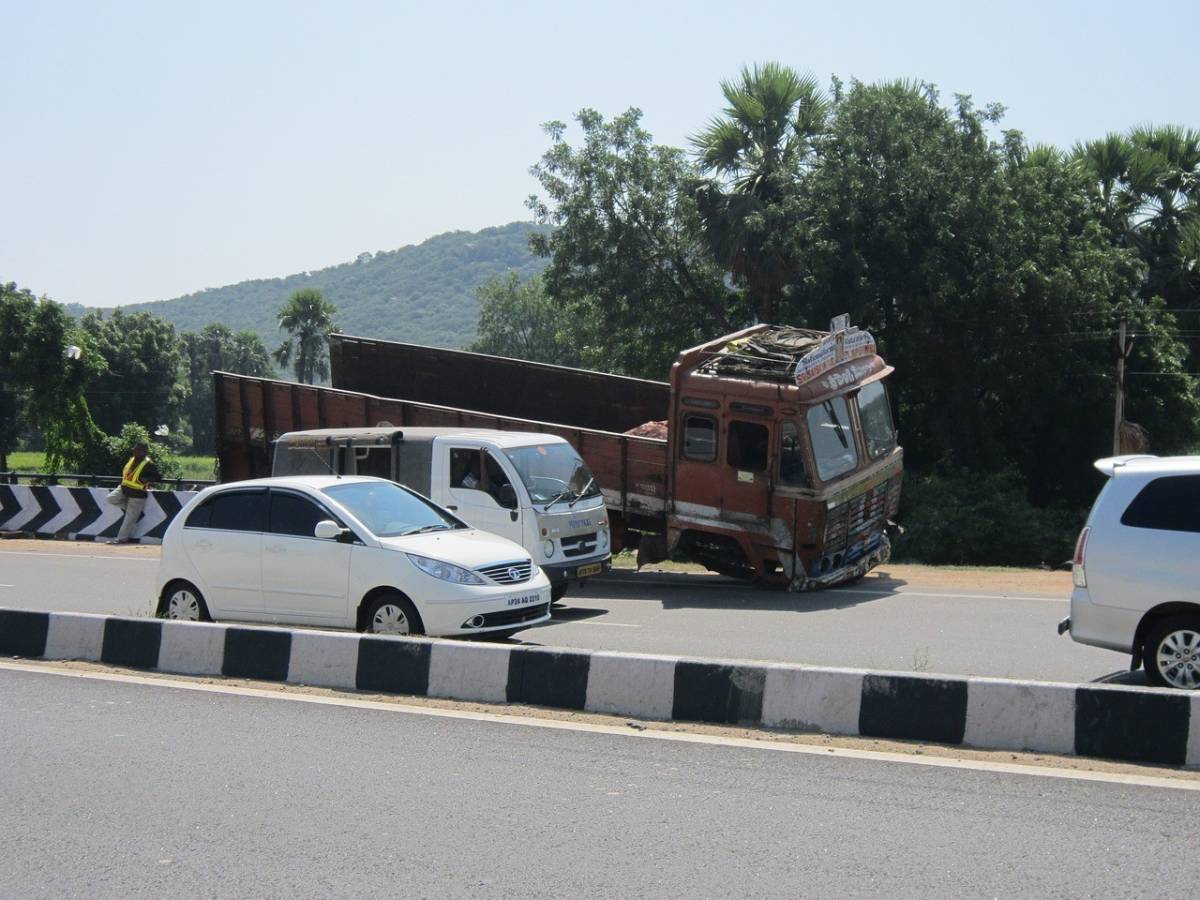Protecting Your Workers From Accidents When Servicing Vehicles
- - Category: Management
- - 29 Mar, 2023
- - Views: 275
- Save

Here is what you need for protecting your employees.
On-the-job safety is a vital topic for any business owner, but it carries added importance when your workers are performing roadside repairs. Such hazardous working conditions bring unique risks that require extra care and attention to ensure your workers remain safe and protected. This blog post looks at key elements of keeping mechanics safe while servicing vehicles on the side of the road—from providing adequate protective gear to implementing safety protocols—to help keep you and your employees ahead of potential danger.
Establish Safety Protocols
Safety protocols must be established and followed when servicing vehicles on the side of the road to protect your workers. It is essential to establish a dedicated area to work on vehicles that is away from traffic, and parking in a way that does not obstruct or create an additional hindrance for drivers. Wear reflective gear so other motorists can easily spot mechanics, in addition to maintaining high visibility lighting during night work. While traveling to and from job sites, mechanics should transport tools securely while obeying all traffic regulations. All these safety protocols are necessary for the protection of mechanics and other drivers on the road.
Ensure Proper Training for Your Employees
When working on cars on the side of the road, ensuring that employees have been properly trained is of utmost importance. They must be knowledgeable about the safety guidelines and potential hazards they may face while performing repairs in often unpredictable conditions. It is also essential to provide them with tools and the appropriate protective gear like gloves, goggles, and aprons. The right kind of training and preparation can make a huge diffrerence in keeping workers safe.
Provide Reflective Vests and Helmets for Visibility
Keeping workers safe should be a top priority when they are completing a job, no matter the size or location. Providing reflective vests and helmets is essential to ensure workers are both visible and protected while on the job. Having reflective vests can help alert fellow drivers of the presence of mechanics, making it easier to spot them far sooner than if they were not wearing them. Providing helmets will give mechanics added protection in the case of any unexpected debris or objects that may come their way while working on the side of a busy road. Making sure that reflective clothes and protective gear are used is an important step in ensuring a safe work environment for everyone involved.
Restrict Access to the Area When Service is Being Performed
When a mechanic is performing service on a car on the side of the road, it's vitally important to restrict access to the area. Doing so can help keep everyone involved safe from any potential threats. Distractions from moving vehicles or unfamiliar pedestrians can create dangerous situations that are best avoided. Do this by either providing your employees with a crash truck or taking advantage of crash truck rental services, giving them a meaningful object between them and the heavy traffic. As well, wherever possible, be sure that they move the vehicle in question onto the side of the road before beginning repairs or maintenance. Your employee's well-being is worth significantly more than the safety of a vehicle, so take whatever means are necessary to keep them safe while they work.
Limit Time Spent Under a Vehicle Without Support
Working on a car from the side of the road is a risky endeavor that requires taking extra precautions to ensure both the safety of the mechanic, as well as their clients. One of these key measures is limiting the amount of time spent on any activity under the vehicle without proper supporting structures. In this situation, it is not only important to secure a stable base for your work but also to be aware of and mindful of time limitations while you are supported by another person or device. This will help ensure that neither mechanic nor the client experiences any injuries due to buckling or collapsing structures caused by prolonged use without proper support in place.
Utilize Wheel Chocks or Other Stabilizers on the Vehicle
Ensuring safety should always be a top priority when working on the side of the road, and utilizing wheel chocks or other stabilizers to secure the vehicle is absolutely essential. Not only can chocks and other stabilizers help keep your car from rolling, but they can also provide an extra layer of stability for yourself and your mechanics to stand on. Take a few extra minutes to ensure that your vehicle is completely stable before you begin working – it could save you plenty of time and trouble in the long run.
Ultimately, the safety of mechanics performing car service on the side of the road can be heavily compromised if proper protocols are not implemented and adhered to. It is imperative that mechanics have sufficient training to identify dangers around them, as well as all necessary equipment for visibility while on the road. Employers must ensure strict policies for safety, such as using helmets and vehicle immobilizers before working on the vehicle, in addition to making sure access to the area is restricted during service. By following these guidelines and regulations set forth by mechanical workplace standards, you can ensure optimal automotive technician safety while they work—for their own sake, their customers, and those driving on our roads should a stumble unintentionally occur without warning.

